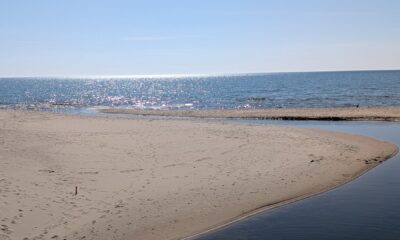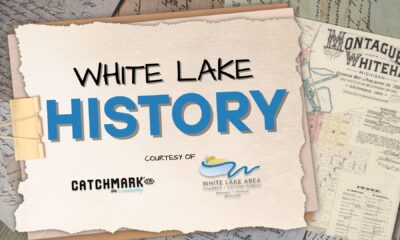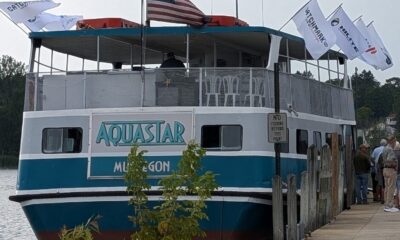
Foundation and Early Years
The White River School District Six traces its origins to 1870 when it was initially authorized as District Number 4. The first schoolhouse for District Number 4 was located on Scenic Drive, near the current site of Michillinda Beach Lodge. By 1882, plans were underway for a new school building on land donated by John McNeil, where the school currently stands.
Thomas Keilor was awarded the contract for constructing the new building, which cost $150 for labor. The total expenditure for the new school, including materials and winter session fuel, was $550. Additionally, Thomas Partridge was contracted to build two outhouses for $6.95. The new schoolhouse was 20 feet by 42 feet and held its first meeting on September 3, 1883. It was decided that the school would operate for six months of the year, with an additional $1.50 a month if the teacher also performed janitorial duties.
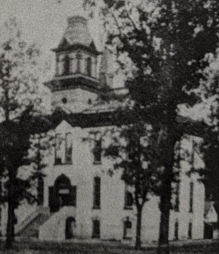
First Teachers and Early Operations
The first teachers of District Number 4 in 1870 were Annabell Sprigg and John R. Austin, the grandfather of the O’Connells, who are still part of the community today. They were paid a modest salary of $26.00 a month for their service. By 1883, the school had 25 students enrolled, and the operational cost for three months was $90.00. Notably, Charles Mears received thirty-seven cents for half a cord of kindling wood.
In 1885, a school bell was purchased for $15.00, which was used until the district consolidated with Whitehall in 1846. Some of the early teachers included J. R. Austin, Annabelle Sprigg, Mary McNeil, Lizzie Johnson, and others who contributed significantly to the foundation of the district’s educational system.
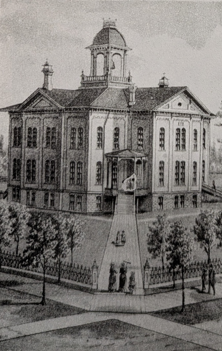
Structural and Community Developments
The establishment of the new school building marked a significant development for the community, providing a dedicated space for education. The Whitehall Graded School, erected around 1878, and Montague’s first high school in 1875, were also key educational institutions that contributed to the region’s academic progress. The first school in the area, built by Noah Ferry in 1856, laid the groundwork for these developments.
Legacy and Impact
White River School District Six played a crucial role in shaping the educational landscape of the region. The dedication of early educators and the community’s investment in school infrastructure provided a strong foundation for future generations. The legacy of these early efforts continues to influence the district’s commitment to education, ensuring that the spirit of learning and community involvement remains strong.
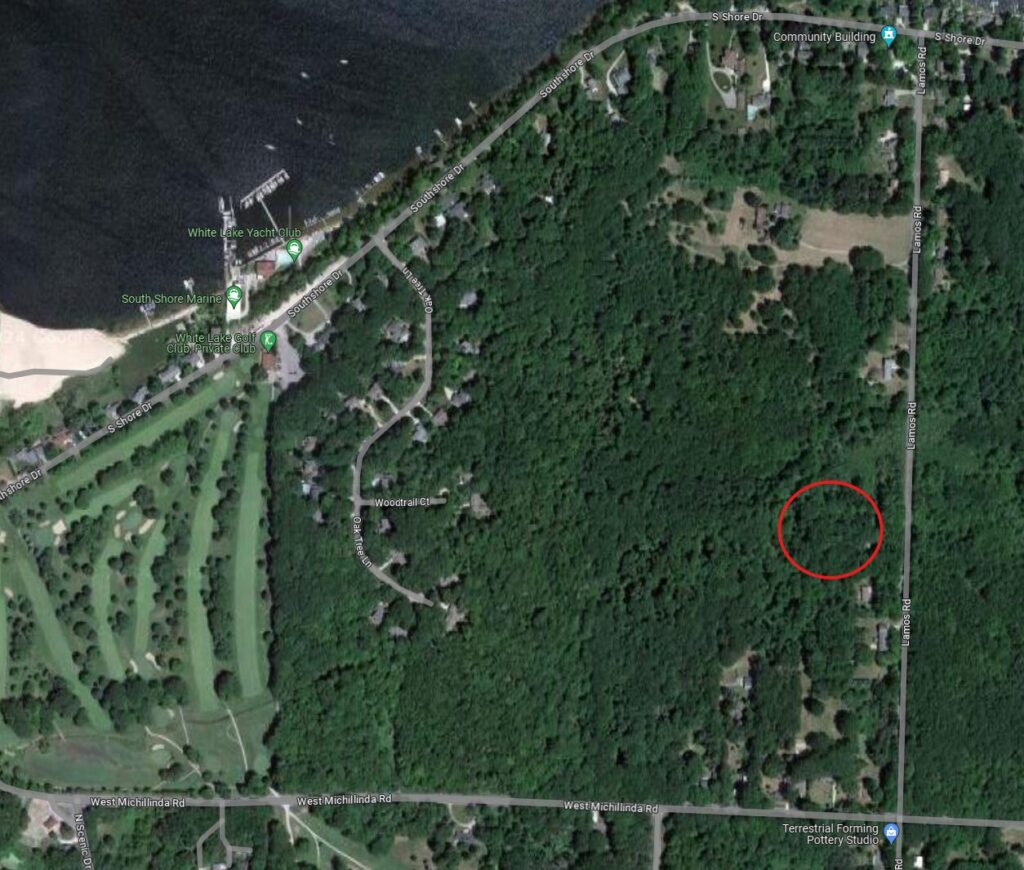
Interactive White Lake History
As we deliver articles weekly, I challenge you to be curious, explore the local area, and take pictures at these historic locations, and tag CatchMark Community.
Next week we will explore Duck Lake Fur Trading Post – 1790. If you enjoy history and like our content please like and subscribe to our online resources. Also, check out the White Lake Area Historical Society website listed below.
http://www.whitelakeareahistoricalsociety.com/
https://www.facebook.com/CatchMarkCommunity
Owen Raeth joined CatchMark in August 2020 as a Tech Support Intern, then transitioned to DMM to learn graphic design. He is a 2024 graduate of Montague High School. Owen Raeth is a Digital Marketing and Media Intern at CatchMark Technologies with growing experience in video editing, content creation, and drone operations. A 2024 high school graduate, Owen is currently pursuing a degree in English education with a long-term goal of integrating technology into the classroom. Passionate about teaching, communication, and digital tools, he brings strong public speaking skills, hands-on technical ability, and a creative mindset to his work. Owen is committed to bridging education and media to empower future learners.
Must See
-


Community
/ 17 hours agoHunters and Anglers: Urban Deer Hunting in Whitehall and Montague
WHITEHALL & MONTAGUE, MI — As deer populations continue to rise across West Michigan,...
By Kara Raeth -


Community
/ 21 hours agoStay Safe This Summer on Lake Michigan and White Lake
As summer heats up in the White Lake area, more people are heading to...
By Kara Raeth -


History
/ 2 days agoWhite Lake History – Parades Through Time
The Tradition of Parades Parades have been a part of human celebration for thousands...
By Owen Raeth


